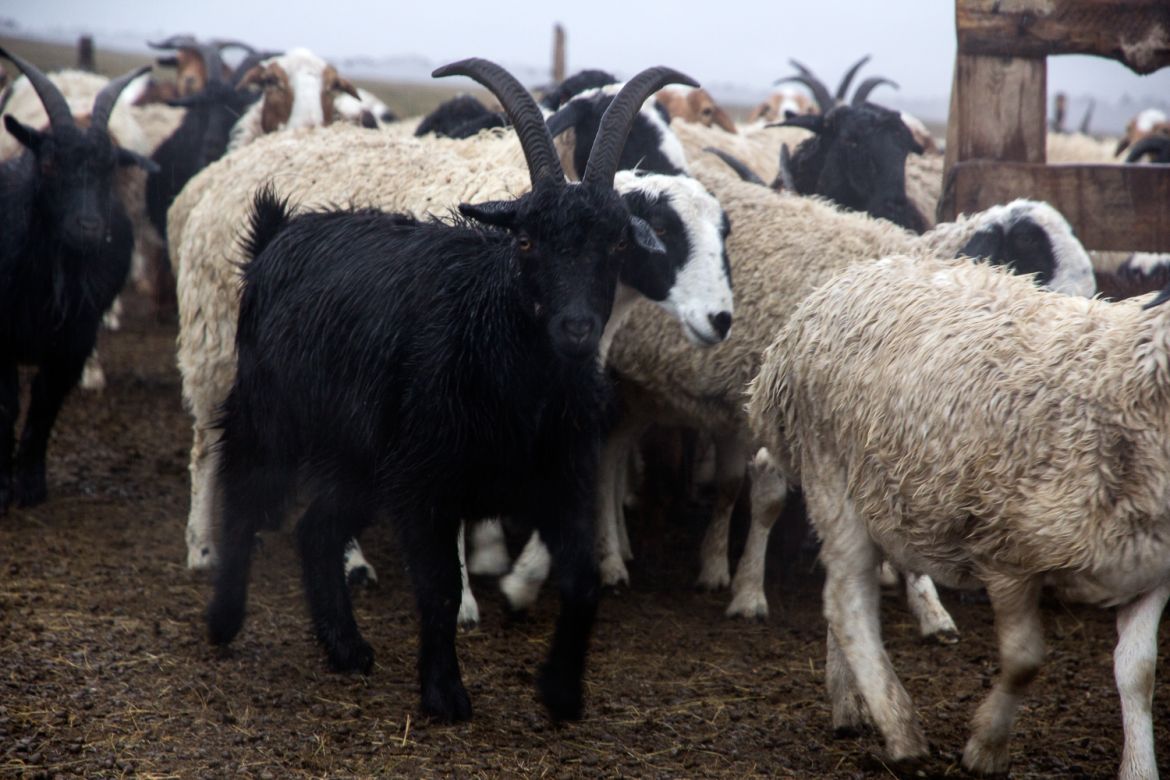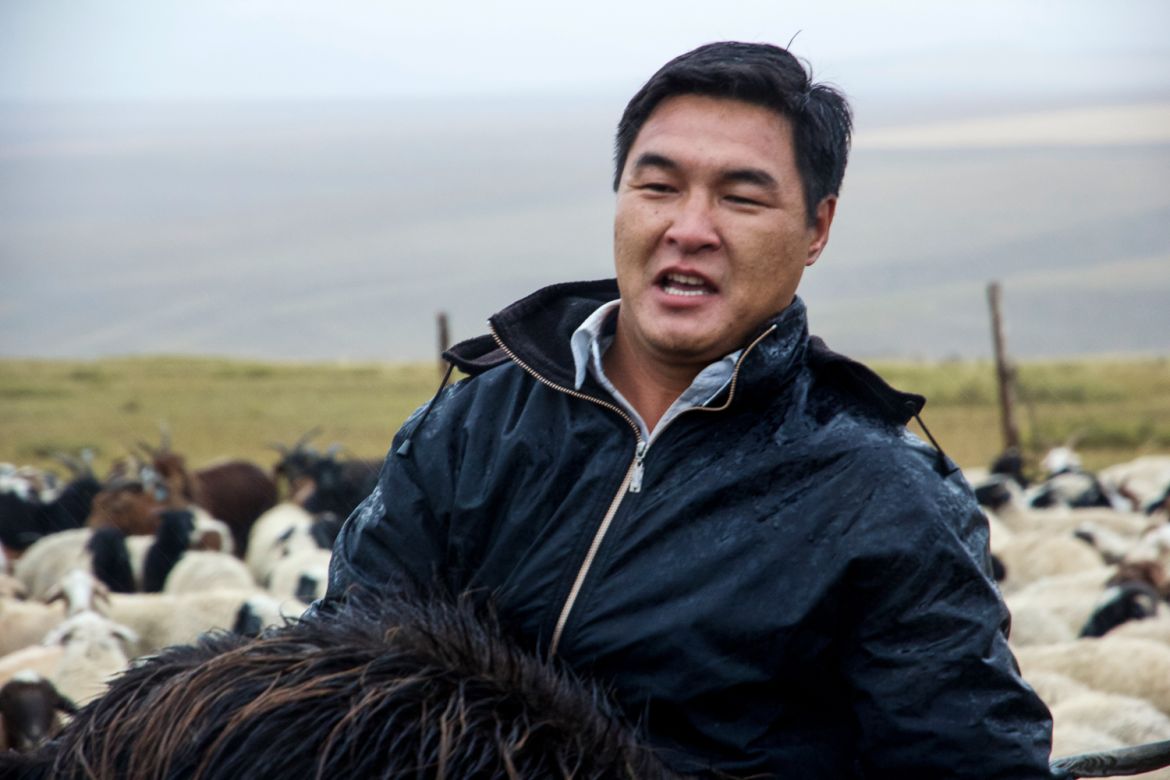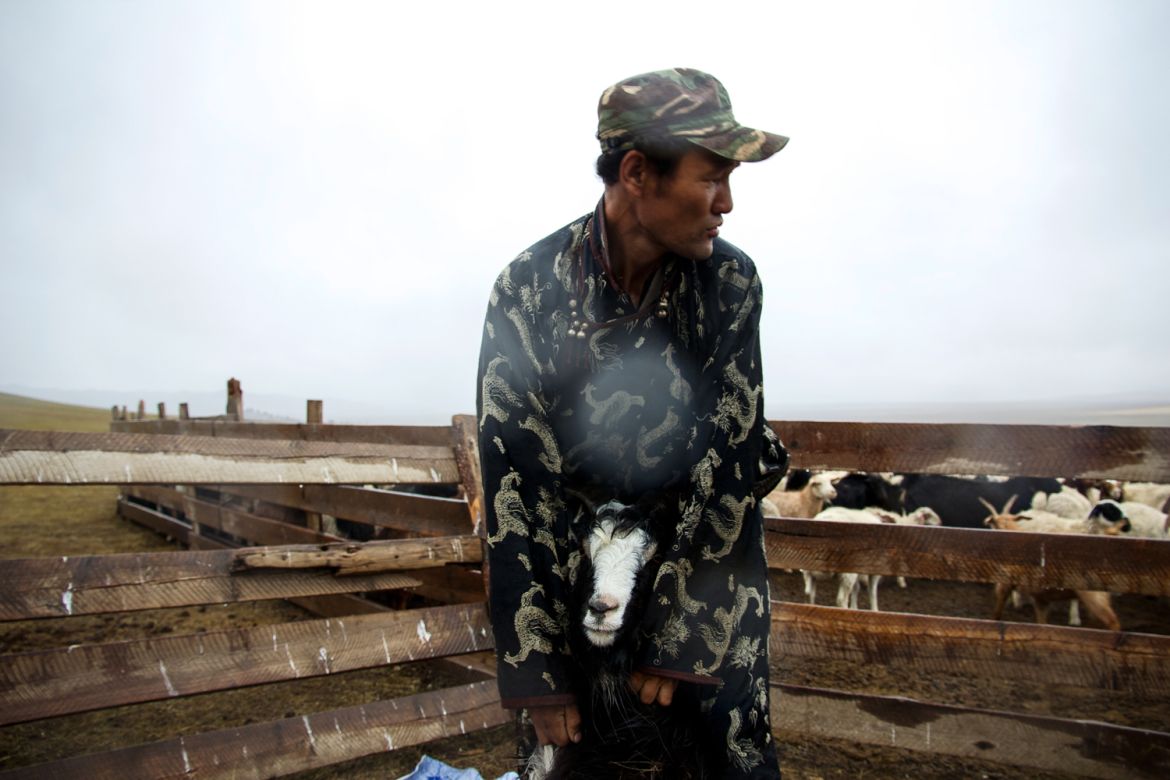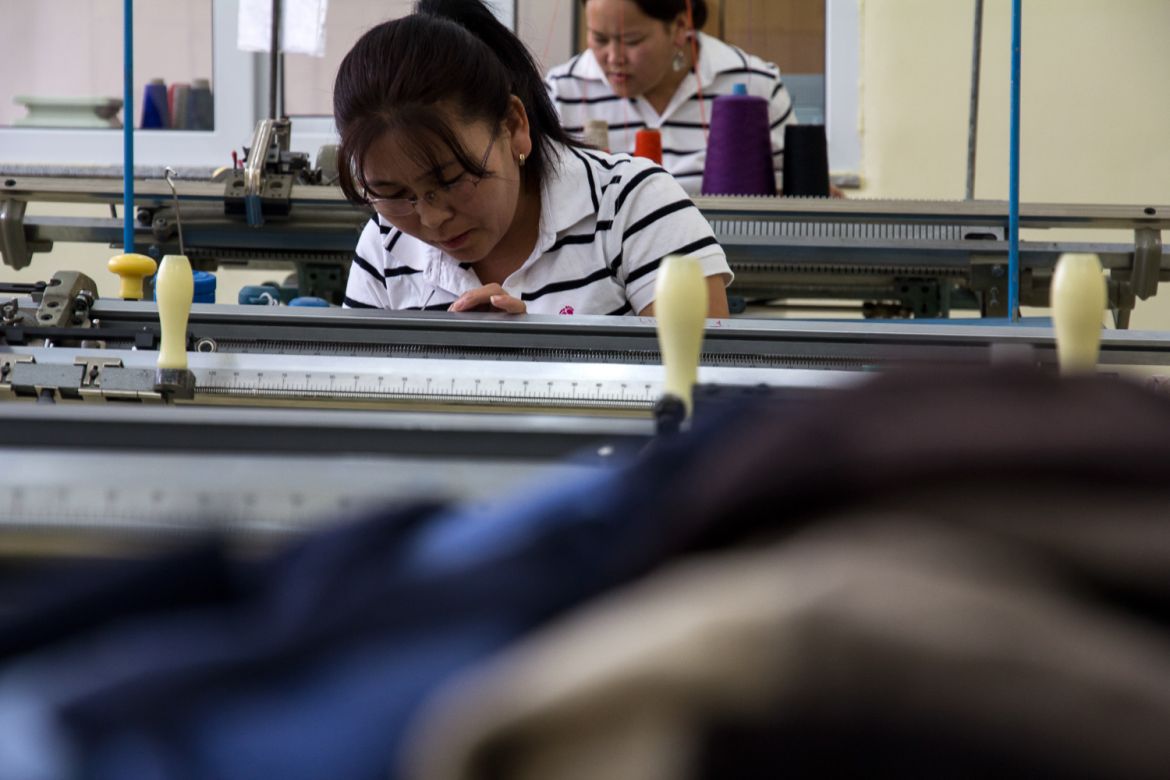In Pictures
Shearing a profit off Mongolia’s goats
Despite falling prices, cashmere still provides steady income to help goat herders make it through the winter.

Ulaanbaatar, Mongolia – The cashmere industry is Mongolia’s second-highest money earner when it comes to exports.
The much sought-after clothes made from the soft, warm wool are considered luxury items by much of the world, and pure cashmere pieces can be sold for thousands of dollars.
Cashmere starts as soft downy wool that Mongolian herders collect during May and June and sell to processing plants in Ulaanbaatar. Since prices began to fall, many herders have joined into collectives in order to get a better price, and some now get about $5 per 100 grams of cashmere they sell.
The industry is not without its downside, with a rapid increase in the numbers of goats being herded – up almost 300 percent since the 1990s – there is an added strain on Mongolia’s land, already struggling because of climate change and unchecked mining.
For many herders, however, it is one of the few regular sources of income they can rely on to see them through the winter.
You can follow Philippa H Stewart on Twitter: @flip_stewart










